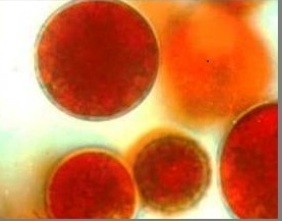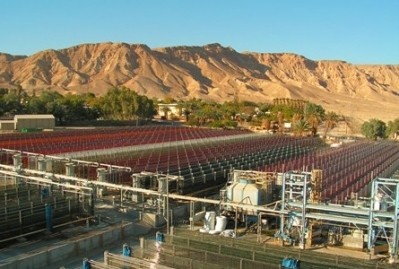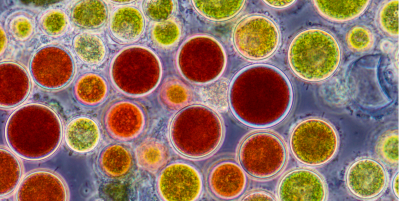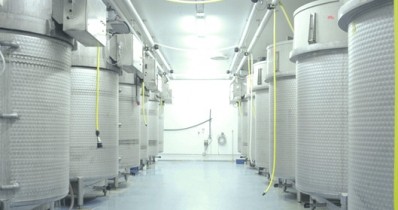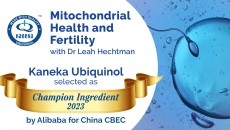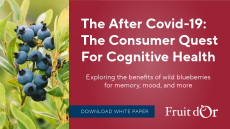Natural astaxanthin group’s questioning of synthetic astaxanthin quality met with strong DSM defense
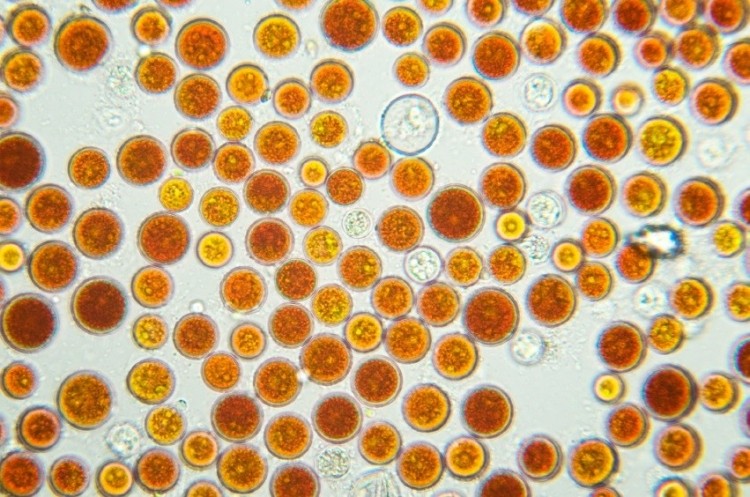
NAXA represents three companies, Fuji Chemical Industry Co Ltd., Algatechnologies Ltd. and Cyanotech Corporation, which produce astaxanthin from Haematococcus microalgae. The organization was formed at the start of 2014 to highlight what it sees as differences between natural astaxanthin vs synthetic.
On the other side are companies chemically synthesizing the ingredient, chief among them DSM with its recently-launched AstaSana-branded astaxanthin. DSM also offers a range of other synthesized nutrients as well as offering a long list of naturally-derived ingredients.
‘Inferior’
Unpublished data from NAXA is claimed to indicate that comparative antioxidant testing results from a leading antioxidant testing laboratory show that DSM’s AstaSana ingredient has “vastly inferior antioxidant potential than natural astaxanthin from Haematococcus microalgae”.
The new data have not been yet been subjected to peer-review for publication in a scientific journal, but Ed Wyszumiala, NAXA President, told us that the organization is planning to publish this study, and is also “conducting additional research to help support this study and NAXA's position”. NutraIngredients has not seen the data.
According to NAXA, the range was from nine times more active against peroxyl radicals to over 100 times more active against singlet oxygen.
A previous study sponsored by NAXA member Cyanotech and published in Nutrafoods (December 2013, Vol. 12, pp 145-152) found that algae-based astaxanthin is approximately 20 to 50 times more active in singlet oxygen quenching and free radical elimination than artificial astaxanthin, but not specifically with AstaSana. The new study did specifically use AstaSana, said NAXA.
‘Plain and simple, the two products are completely different’
“We see the same results with the AstaSana product that we saw in earlier antioxidant testing of artificial astaxanthin,” said Robert Corish, MD, a member of NAXA and a worldwide authority on astaxanthin. “Plain and simple, the two products are completely different—not only in antioxidant potential, but the molecules are also different in three crucial ways. It’s only logical that these products will perform differently in antioxidant testing because they’re inherently different molecules.
“And while all the human clinical research showing a wide variety of health benefits has been performed exclusively on natural astaxanthin from algae, we still don’t know how artificial astaxanthin will react in our bodies long term.”
An inadequate and inappropriate approach, says DSM
In response, Dr Manfred Eggersdorfer, Sr VP in nutrition science and advocacy at DSM Nutritional Products, called NAXA’s approach ‘unscientific’, and criticized the earlier Nutrafoods study saying that it was “flawed in that it lacked important details such as concentration levels”.
DSM’s AstaSana ingredient is chemically equivalent to naturally occurring astaxanthin, he added. Indeed, the company refers to its ingredient as 'nature-identical'.
“Drawing conclusions from in-vitro tests of antioxidant activity to biological functions is not an accepted scientific approach. In-vitro antioxidant testing, is a non-physiological test and thus not reflecting a human situation nor can you extrapolate to health benefits in humans,” said Dr Eggersdorfer.
“In addition only free astaxanthin can be found in the blood. Fermentative astaxanthin needs to be converted into free astaxanthin while AstaSana already is free astaxanthin.
“We believe that the approach taken by NAXA is inadequate and inappropriate to evaluate, study and compare the biological function of ingredients for humans.”
Dr Eggersdorfer added: “Also to use the term artificial as NAXA has done is highly disingenuous. It is damaging to us and it damages the whole astaxanthin category including NAXA members.
“The safety assessment is comprehensive and has been shared with authorities all over the world.”
Kristina Cselovszky, Strategic Marketing Project Manager, DSM Human Nutrition and Health, added: “Both forms are in use on the market, have been approved, and there is a place for both. It is about giving the choice to customers. Some want a natural claim and so will go for the natural version. Other products use other vitamins that are synthetic and so they may want a synthetic version. It is up to the customer what they want.”
The NDI question
Responding to these comments, NAXA’s Wyszumiala told us: “I think the main point the testing shows is there is a difference between natural and synthetic astaxanthin, and the two are not the same, as DSM is claiming.
“Synthetic botanicals need to file as NDIs [New Dietary Ingredients] and gain FDA approval prior to marketing.”
Wyszumiala added that NAXA is in contact with FDA, and believes the agency has set precedence in ruling on similar issues, such as homotaurine and DMAA. “This case is the same and fits the agency's position that there is no such thing as a synthetic botanical,” he said.
Fuji Chemicals, Algatechnologies, and Cyanotech have all filed NDI notifications on their ingredients. DSM maintains that an NDI notification for its ingredient is unnecessary because the safety information on the ingredient is covered by a food additive petition in which the synthetic astaxanthin was approved for use as an additive for feed fed to farmed salmon, giving the flesh the red color that mimics that of wild-caught fish. From DSM’s point of view, this means that the company’s synthetic astaxanthin is ending up in the human diet and has been deemed by the authorities as safe for that purpose.
DSM said the synthetic astaxanthin market for human use is valued at $15m-$30m.
